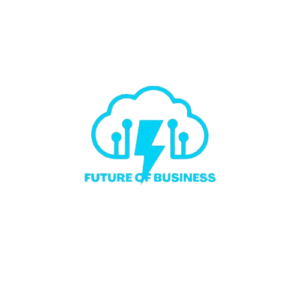Understanding cloud service pricing models is crucial for businesses looking to leverage cloud technology while managing costs effectively. Pricing plays a significant role in cloud adoption, impacting budget planning and long-term strategy. Innerworks works closely with companies to demystify cloud pricing and help select models that align with their financial and operational goals.
Overview of Cloud Pricing Models
Cloud providers offer various pricing models designed to meet different usage patterns and business needs. These models affect how you pay for cloud resources and the level of flexibility you have. Understanding these differences is essential to control expenses and avoid surprises. Innerworks guides clients through these options, explaining the pros and cons to support informed decisions.
Pay-As-You-Go (On-Demand) Pricing
Pay-as-you-go pricing bills you based on the exact amount of resources you consume, without any upfront commitment. This model offers unmatched flexibility, making it ideal for startups, development, and unpredictable workloads. However, costs can escalate with heavy or continuous usage. Innerworks helps businesses monitor usage and optimize resource consumption to maximize value under this model.
Reserved Instances / Committed Use Discounts
Reserved instances or committed use plans require you to commit to a specific amount of usage over a set period, often one to three years, in exchange for significant discounts. This model suits organizations with stable workloads and predictable demand. While it reduces costs, it comes with less flexibility and potential penalties for early termination. Innerworks assists clients in analyzing usage patterns to determine when reserved pricing is advantageous.
Subscription-Based Pricing
Subscription or flat-rate pricing involves paying a fixed fee for a bundle of cloud resources or services. This model provides predictable costs and is common for SaaS platforms or managed cloud services. While it simplifies budgeting, it may lack the scalability of usage-based models. Innerworks evaluates when subscription pricing makes sense, especially for businesses seeking consistent monthly expenses.
Spot and Preemptible Instances
Spot instances or preemptible VMs offer highly discounted compute resources that can be interrupted by the provider with little notice. These options are cost-effective for flexible workloads that can tolerate interruptions, such as batch processing or big data analysis. The trade-off is reduced reliability and availability. Innerworks helps businesses design fault-tolerant architectures to take full advantage of spot pricing without risking critical downtime.
Comparing Pricing Models Across Major Providers
AWS, Microsoft Azure, and Google Cloud all support these pricing models but differ in implementation details like discount levels, billing increments, and contract terms. For example, AWS Reserved Instances differ slightly from Azure’s Reserved VM Instances and Google Cloud’s Committed Use Discounts. Innerworks stays current with provider updates and advises clients on the most cost-effective plans based on specific cloud platforms.
How to Choose the Right Pricing Model for Your Business
Choosing the best cloud pricing model depends on several factors: workload consistency, budget constraints, growth projections, and risk tolerance. Leveraging cloud cost management tools and expert consultation is vital to optimizing spending. Innerworks provides comprehensive assessments and custom strategies that balance cost savings with operational needs, ensuring businesses pay only for what they truly require.
Takeaway
Each cloud service pricing model offers unique advantages and trade-offs. Understanding them helps you make smarter choices aligned with your business objectives. Careful evaluation of your workloads and future plans is key to avoiding overspending and maximizing cloud benefits. Partnering with experts like Innerworks ensures you receive personalized guidance and support to select the optimal pricing model for your cloud journey.











